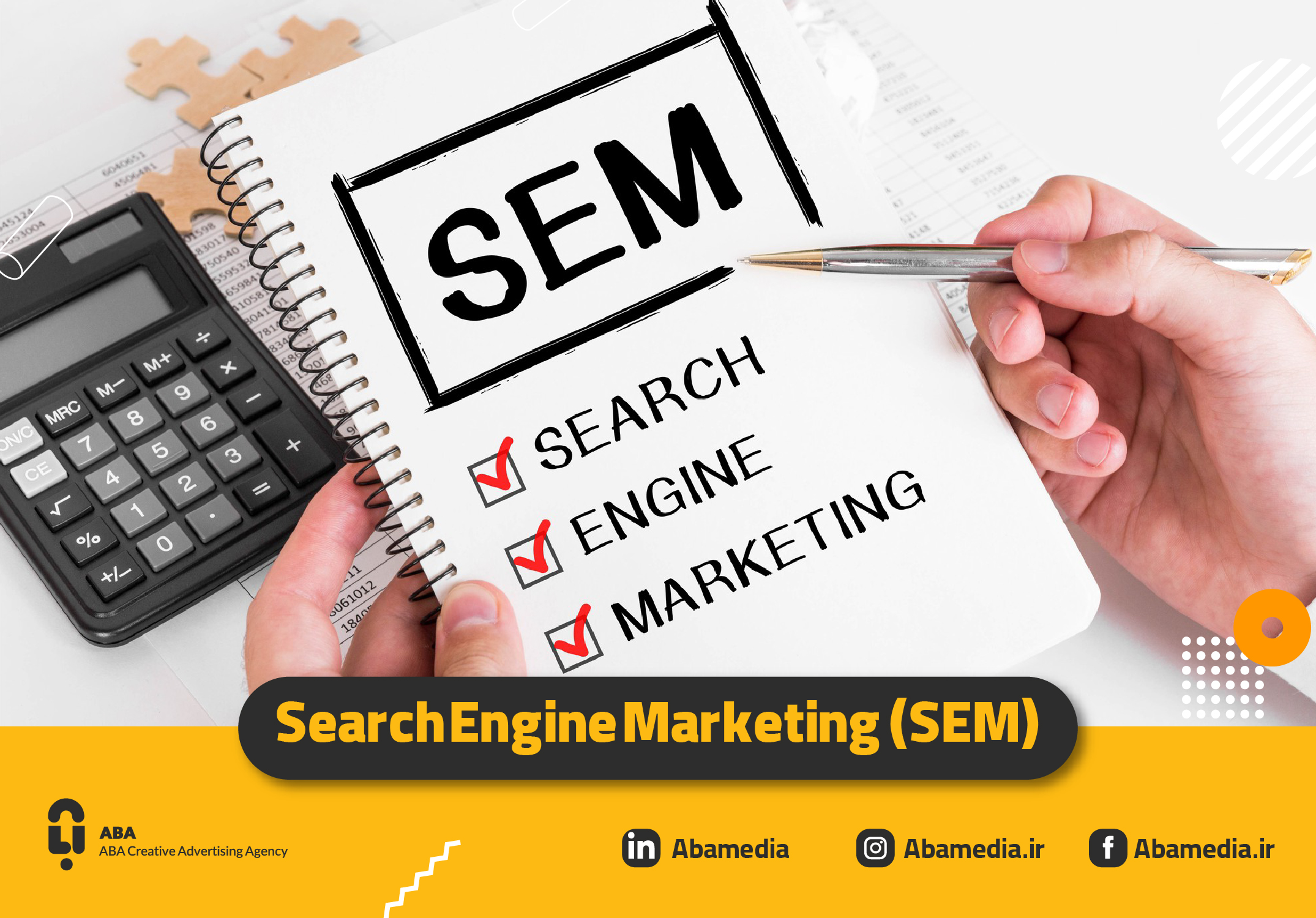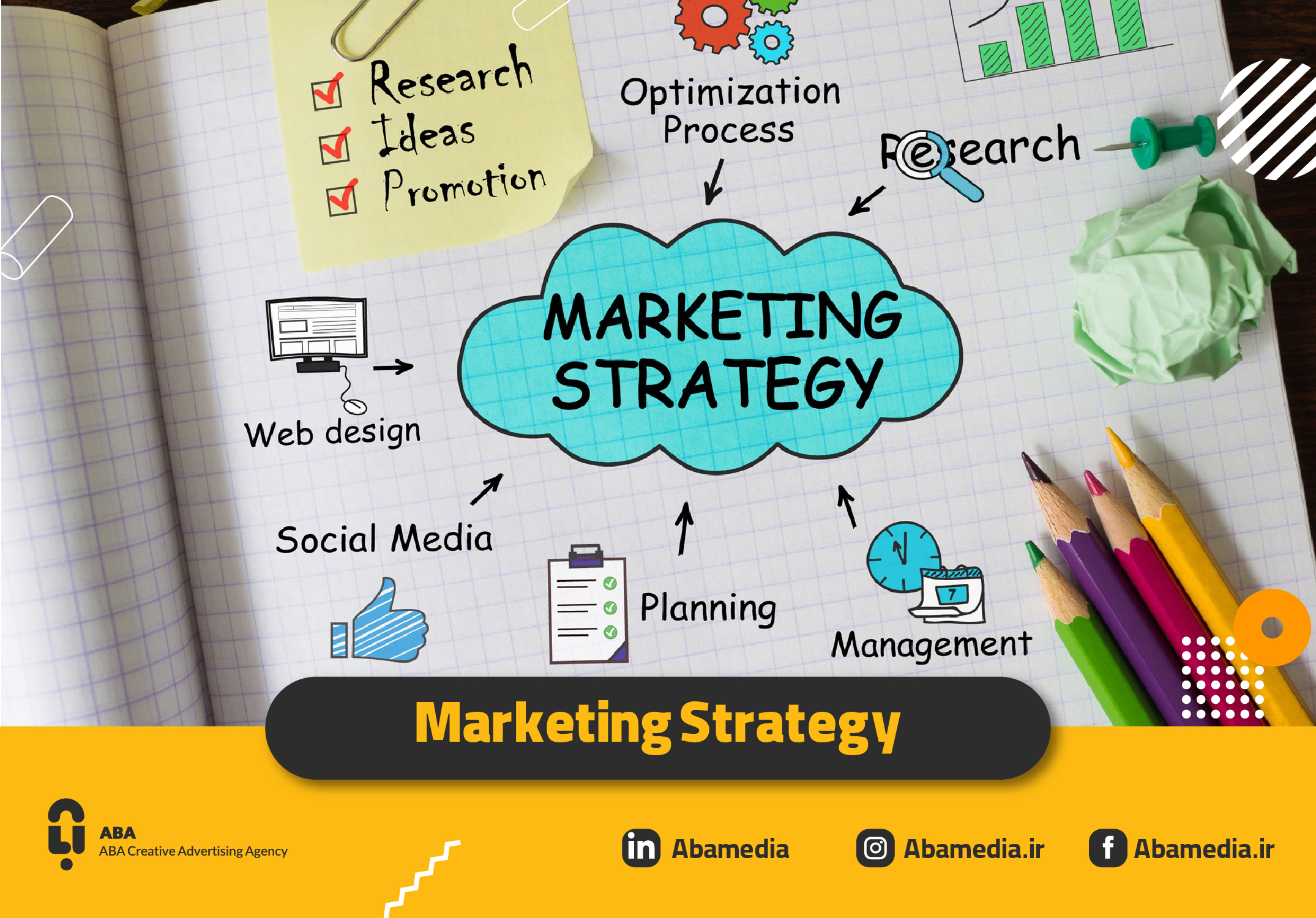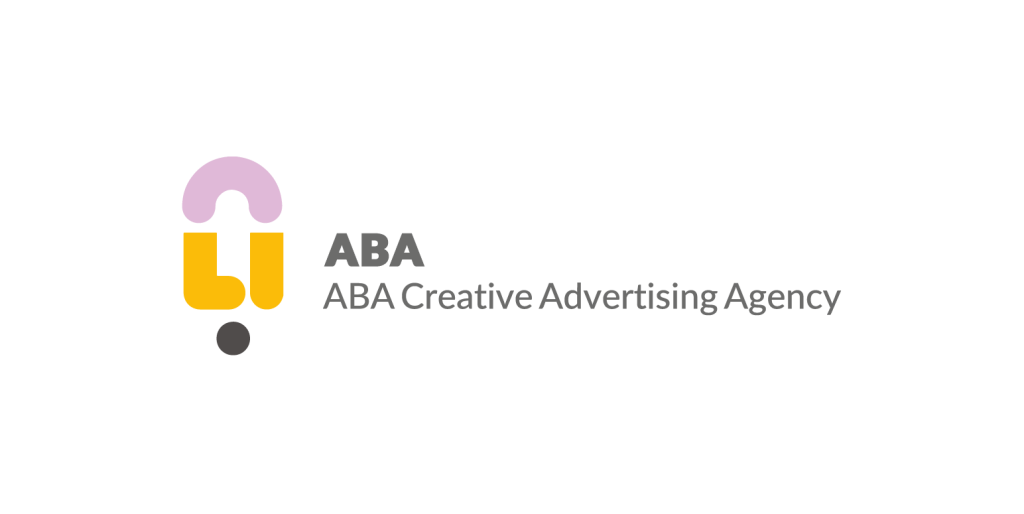What is Search Engine Marketing?
Search Engine Marketing (SEM) is a subset of internet marketing that involves using paid advertisements to promote a website and increase its visibility. In this method, you fund an account, and each time a user clicks on your ad, a certain amount is deducted from your account. Google AdWords is one of the most popular tools used in SEM.
When you search for a word or phrase on Google, the results displayed are categorized into three sections:
- Top of the page
- Middle of the page
- Bottom of the page
Websites that appear at the top and bottom of Google’s search results are those that have not only optimized their SEO but also utilized SEM techniques.
How Search Engine Marketing Works
SEM operates on a bidding system. To succeed in this system, you need to focus on two key factors:
- Maximum CPC (Cost Per Click)
- Relevance of your ad to user searches
Since every brand aims to secure a higher position in search results, competition in the bidding system is intense. To succeed, you must carefully consider the two factors mentioned above.
For example, if you want your website to appear first for the keyword “buy online bag,” you need to bid an appropriate amount per click and ensure your keyword aligns with user searches.
To better understand SEM, let’s explore strategies to improve search engine marketing:
- Evaluate High-Quality Keywords in SEM
Choosing the right keywords is crucial for search engine marketing. There are many free tools available to help you evaluate keywords. Our recommendation is to first focus on your audience persona. What are the needs of your website’s audience, and how can you address those needs on your site? This approach helps you identify the keywords your audience uses to find your website.
– Maintain relevance between selected keywords: The keywords you choose should primarily represent your business and have semantic connections to help you achieve better results.
– Traffic generated by each keyword: You might identify a long list of keywords that represent your business, but are all these keywords equally popular among your audience? Do your visitors use all these keywords to find what they need?
To determine which keywords are most popular, you can use tools like **Google Trends**. This free tool shows the search volume of a keyword over time and by geographic location. One of its key features is the ability to compare multiple keywords, which helps in selecting the most traffic-generating keywords.
- Make Your Ad Unique
Your competitors are likely also using SEM tools. The key to standing out among similar ads is uniqueness. So, how can you create a unique ad on Google?
The answer is simple: craft an eye-catching headline. A compelling headline encourages users to click on your ad. Here are some important factors for writing an attractive headline:
– Offer time-sensitive promotions: For example, “50% discount for a limited time” or “50% off until [date].”
– Use persuasive phrases: Words like “free shipping” can convince users to visit your website.
– Include a clear Call-to-Action (CTA): Use phrases like “Buy Now,” “View Portfolio,” or “Reserve Today.” These phrases let visitors know exactly what action you want them to take. It’s best to place the CTA in the second line of your ad. The more specific the CTA, the more effective it is. For example, instead of saying “View Portfolio,” write “Explore our latest leather portfolio in the gallery.”
- Organize Keywords Hierarchically
As shown in the diagram above, structure your SEM account into campaigns, ad groups, keywords, ad copy, and landing pages.
For example, if you run an online leather store, you can create separate campaigns for each product category, such as shoes, bags, etc. Each brand within a product category can form an ad group. For instance, different shoe brands would each be an ad group under the “Shoes” campaign. Next, identify keywords related to each brand and product. For example, “snake leather shoes” could be a keyword for one of the ad groups.
This hierarchical structure helps you achieve a higher click-through rate (CTR) at a lower cost. Websites like wordstream.com can assist you in organizing and structuring your keywords.
- Optimize Landing Pages
A landing page is a standalone page, separate from your website’s homepage, designed by marketers to guide users after they click on an ad. It encourages actions like signing up, purchasing a product, or claiming a discount.
In Conclusion:
To significantly reduce your cost-per-click (CPC), implement the techniques discussed in this article. By using these strategies, you can outperform your competitors in search engine marketing and achieve more desirable results.






